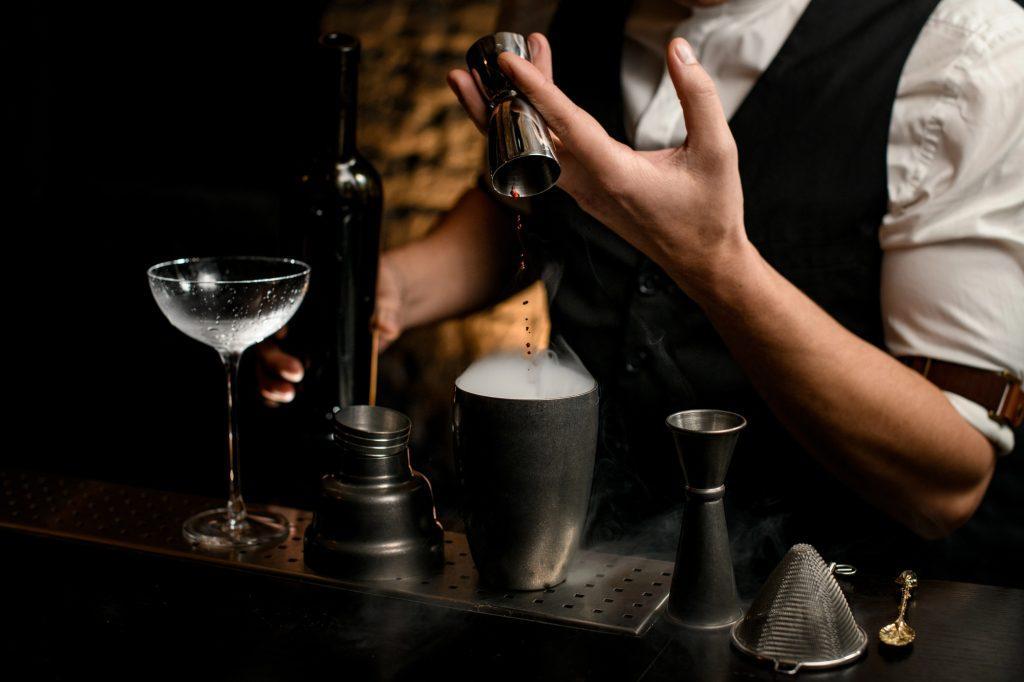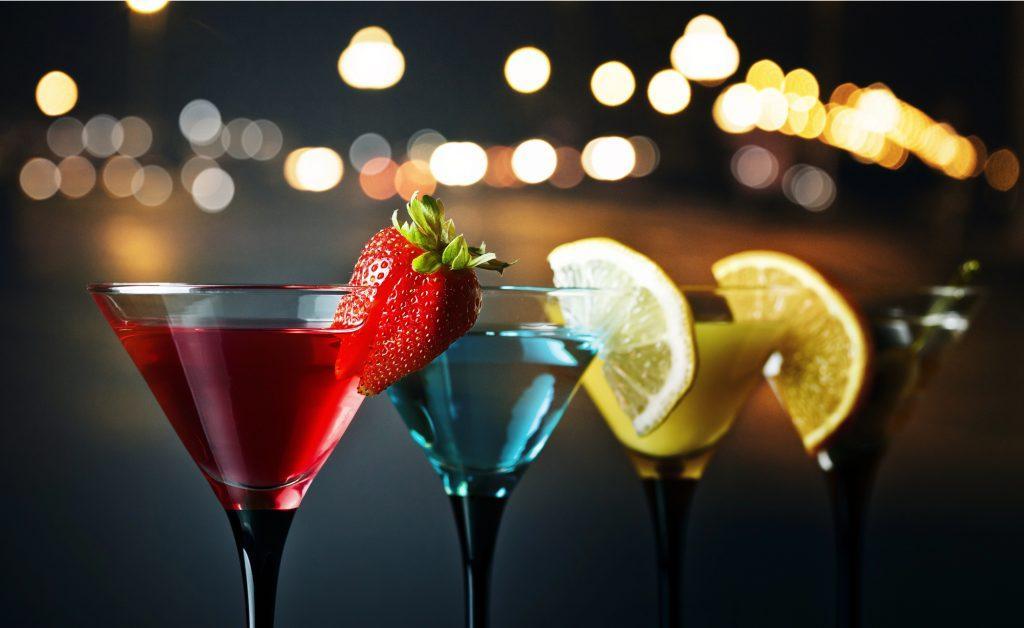IN GOOD SPIRITS
with Leah Van Deventer
Agent Martini
World Martini Day: A Covert Cocktail’s Backstory (File Still Classified)
Each year on the third Saturday in June, World Martini Day raises a covert toast to the most iconic of cocktails – a drink so understated, so composed, it’s practically a code name for sophistication.
Yet for all its clarity in the glass, the Martini’s origins remain maddeningly opaque. Like a tuxedo-clad operative in a smoky bar, the Martini is a master of misdirection – all crisp lines and no straight answers.
Let’s start with the dry facts … pun intended.
The first recorded appearance of a “Martini Cocktail” is in The Bartender’s Manual by Harry Johnson, published in 1888 – a document that reads like a classified file from the golden age of American bartending. The recipe calls for Old Tom gin, sweet vermouth, orange curaçao, gomme syrup and Boker’s bitters. Sweet, spiced and a long way from today’s bare-bones version.

It makes no mention of the Martinez, a likely alias said to have been created in the Gold Rush town of the same name and logged earlier as a West Coast offshoot of the Manhattan. Stylistically, though, they’re from the same unit, and given the near match in name, there’s probable cause for connection.
Then there’s the theory that the drink took its name from Martini & Rossi, the Italian vermouth that was infiltrating American bars at the time. It’s also been whispered that it was the handiwork of one Martini di Arma di Taggia, a bartender supposedly commissioned by JD Rockefeller to mix something discreet in New York.
The only consistent thread? None of this is verifiable; the Martini keeps its story redacted.
What is certain is that the modern Martini – that minimalist marvel of gin, dry vermouth and a single, strategic garnish – is the stripped-down descendant of its showier predecessors.
“Long before Coco Chanel advised the removal of an accessory in the pursuit of subtlety, the Martini had already gone full stealth mode.”
Evidence here can be seen from 1900 onwards, after the Dry Martini had gone transatlantic, appearing in cocktail dossiers across the pond. While some editions still commanded orange bitters, others didn’t, and its trajectory was clear: this was a drink zeroing in on simplicity.

Presidents drank them. Playboys did too. During Prohibition, they became a secret handshake for those with a thirst for contraband.
Gin was the original handler, of course, with London Dry deemed most effective. Vodka wouldn’t report for duty until 1953, when a certain British intelligence officer requested his Vesper Martini “shaken, not stirred” – a line that’s since become more cultural semaphore than mixology advice.
While Hollywood glam put the Vodka Martini in the limelight, the Gin Martini became Cold War chic incarnate – precise, potent and inscrutable. It never ceded ground; it simply held its nerve, adjusted its cuffs and waited in the shadows for the cultural climate to shift.
And today? The Martini’s appeal lies in its discipline, and its adaptability. Dirty, wet, 50/50, Gibson – to make a Martini is to follow orders, to complete the mission without questioning intent. The only exception? A subpar spirit is grounds for immediate extraction.
So, this World Martini Day, raise your glass not just to the cocktail itself, but to its many (dis)guises. A drink that’s been shaken and stirred, and still never spills its secrets.



